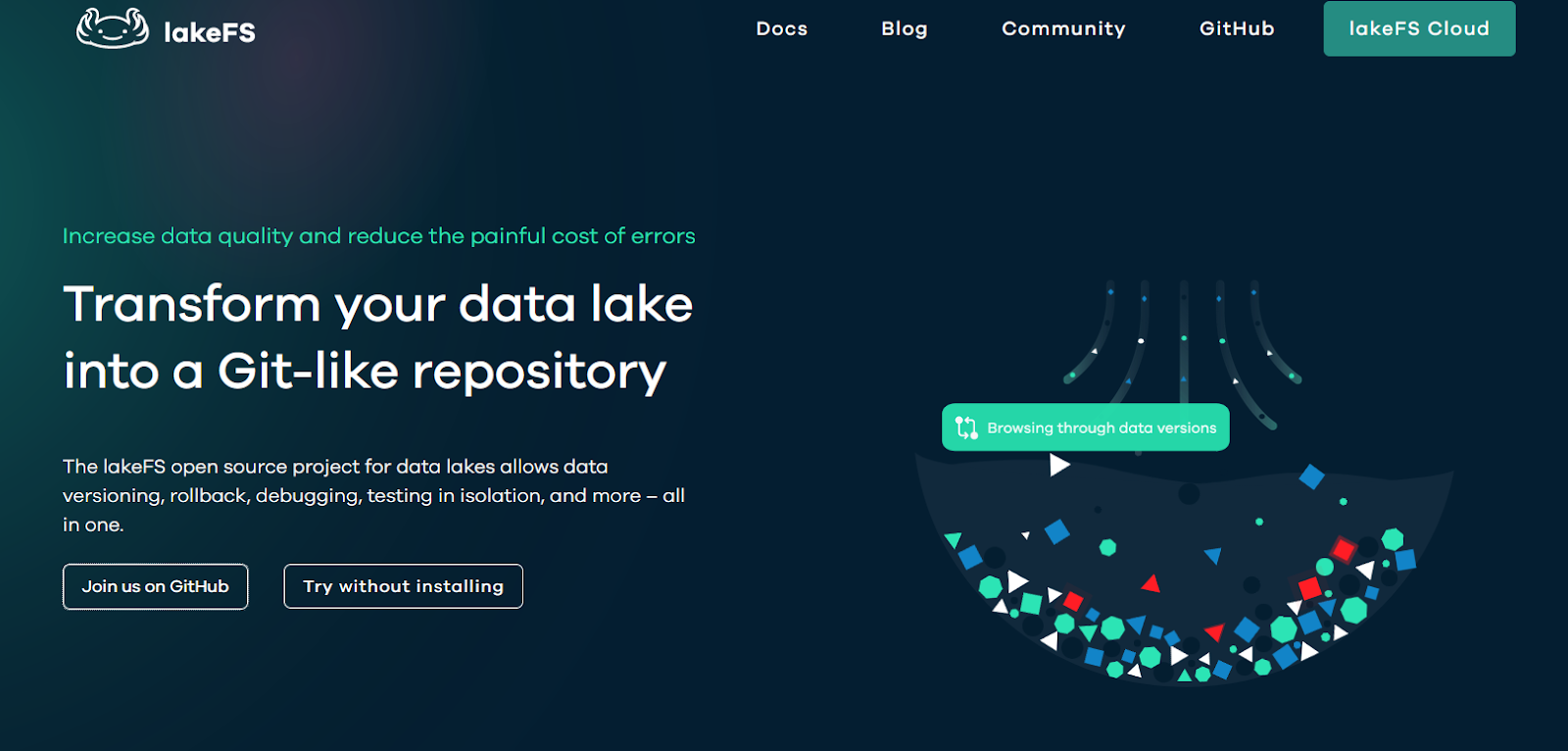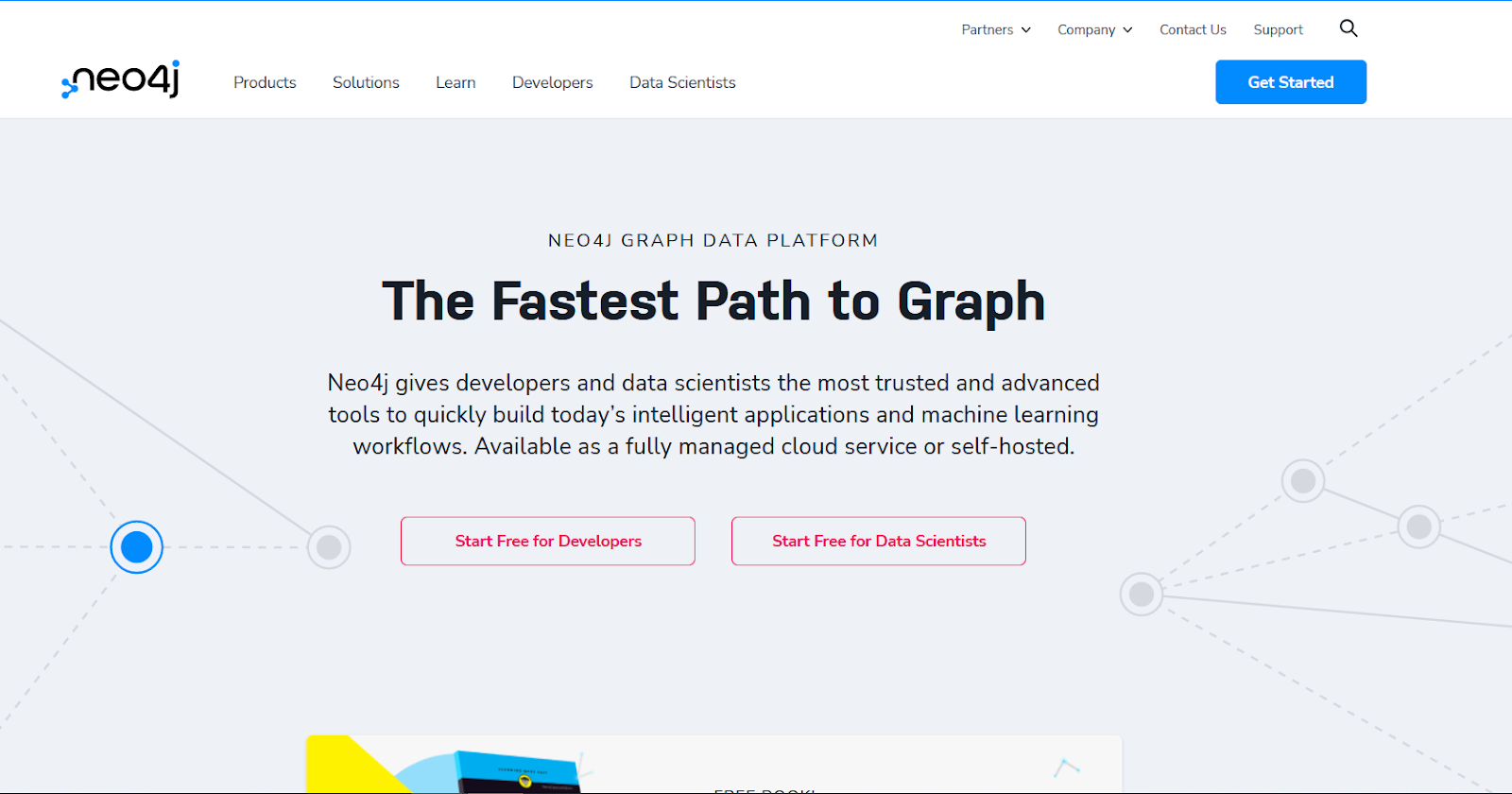# 4 Open Source Tools for Big Data Storage and Management

[Photo](https://unsplash.com/photos/qwtCeJ5cLYs) by[ Stephen Dawson](https://unsplash.com/@dawson2406?utm_source=unsplash&utm_medium=referral&utm_content=creditCopyText) on Unsplash
Big data, as the term implies, refers to vast volumes of data that cannot be stored or processed in a reasonable length of time using conventional computer techniques. Companies today acquire a large quantity of information on their customers, including their email addresses, names, geolocations, and a variety of other characteristics that allow the organizations to distinguish between them. The data should be clarified and then processed so that it can be used for projecting future causes of actions or for targeting other user bases with other services, among other things.
[Big data](https://datasciencedegree.wisconsin.edu/data-science/what-is-big-data/) includes structured, semi-structured, and unstructured data. Structured data includes CSV files, excel sheets, and databases. Semi-structured data includes word documents and emails. And unstructured data consists of image and audio files. Big data is divided into three types: volume, velocity, and variety. 'Volume' refers to the amount of data generated, 'velocity' to the rate of data generation, and 'variety' to the types of data generated.
## Different Types of Open Source Tools for Big Data Storage and Management
Traditionally, organizations use the ETL (extract, transform and load) approach to deal with big data. ETL will extract the data, perform conversion on the data, and then load the data into the database. Then the end user can query and fetch the data. However, this task is sometimes challenging when the user needs to deal with huge data. Storage and management of data is a tough task.
A couple of open source tools are available that can solve this problem. Their categories are based on how they store the data: as development tools, integration tools, development platforms or others. Let us discuss these in brief.
### LakeFS

[LakeFS](https://lakefs.io/) is a free and open source solution that converts your object storage into a Git-compatible repository. It gives you the ability to manage your data lake in the same way you manage your code. It is possible to create repeatable, atomic, and versioned data lake operations with LakeFS - ranging from sophisticated ETL procedures to data science and analytics projects.
As an underlying storage service, LakeFS works with different types of cloud solutions such as AWS S3, Azure Blob Storage, and Google Cloud Storage. In addition to being API compatible with S3, it also works flawlessly with modern data frameworks, including Spark, Hive, AWS Athena, Presto, and others.
This tool has a number of different capabilities, including code change evaluations in isolation to make it easier to run experiments, version control to safely deploy your data in the CI/CD workflow, and roll back of data to allow you to recover from errors as quickly as possible by reverting the changes made to the data.
### Hadoop

[Hadoop](https://hadoop.apache.org/) is an open source tool developed by the Apache Software Foundation and written in the Java Framework. It stores and processes a large amount of information. As it supports parallel processing, Hadoop can run on numerous machines at the same time. This system processes information on a cluster of commodity hardware, i.e. low-end technology, which makes it affordable and simple to operate. There are several components that are required for Hadoop, including the Hadoop Distributed File System /HDFS, MapReduce, YARN, and libraries.
There are multiple components that are involved in Hadoop. HDFS is a file system that is capable of handling large amounts of data, MapReduce is a layer that processes the data in Hadoop, YARN is a layer that manages the resources, and Libraries is a module that assists other modules in order for Hadoop to function. Due to its scalability and fault tolerance we may add more servers. So, even if one of the servers fails, data processing is transferred to another server. We can even utilize this with several different programming languages at the same time.
### Cassandra

[Cassandra](https://cassandra.apache.org/_/index.html) is an open source tool written in the Java Framework and created by the Apache Foundation (AF). It is based on distributed data storage, which means that if one database goes down, it may continue to function on another database. Thus, it has high availability of resources and can grow indefinitely. Since it provides a lot of different components and other stuff this is highly usable in processing and having big data storage. CAP theorem states that an organization can support any two or three needs, such as consistency, availability, and partition tolerance, if the organization can support them all.
‘Consistency’ refers to the fact that all users will receive the same output after running the same query, ‘availability’ refers to the fact that the database will be available to all clients who want to read and write data, and ‘partition tolerance’ refers to the fact that the database can be split up into multiple machines and it will continue to function. Scalability, performance, simplicity of operations, ease of data distribution, readily available cloud points, support for many programming languages, and other features are provided.
### Neo4j

[Neo4J](https://neo4j.com/) is a free and open source application that provides drivers for a range of programming languages, including .Net, Java, Python, and many more. The use of graph databases when working with big data can be an effective solution if you are dealing with a large volume of network data or graph-related concerns, such as social networking or demographic patterns. Neo4j is one of the best tools for dealing with graph data since it is based on interconnected node-relationships of data and also maintains a key-value pattern in its storage while saving data.
When it comes to dealing with graphs, SQL databases aren't very good at what they do. It will take substantially more time for the user to navigate through complex connect tables if they are using a SQL database as their database. Neo4j provides high levels of availability, scalability, and dependability while remaining cost-effective. Since there is no requirement for a schema or data type in order to store data, it provides greater freedom. It provides full support for ACID transactions and may be used in conjunction with any other database system.
## Conclusion
There are a variety of open source tools available for big data processing. However the choice of which tool to employ is dependent on the needs of the organization. The tools differ in terms of their functionality, the features they possess, and the manner in which they do data processing or management of large amounts of data. As a result, they must be employed in accordance with the requirements that are most appropriate for the company.